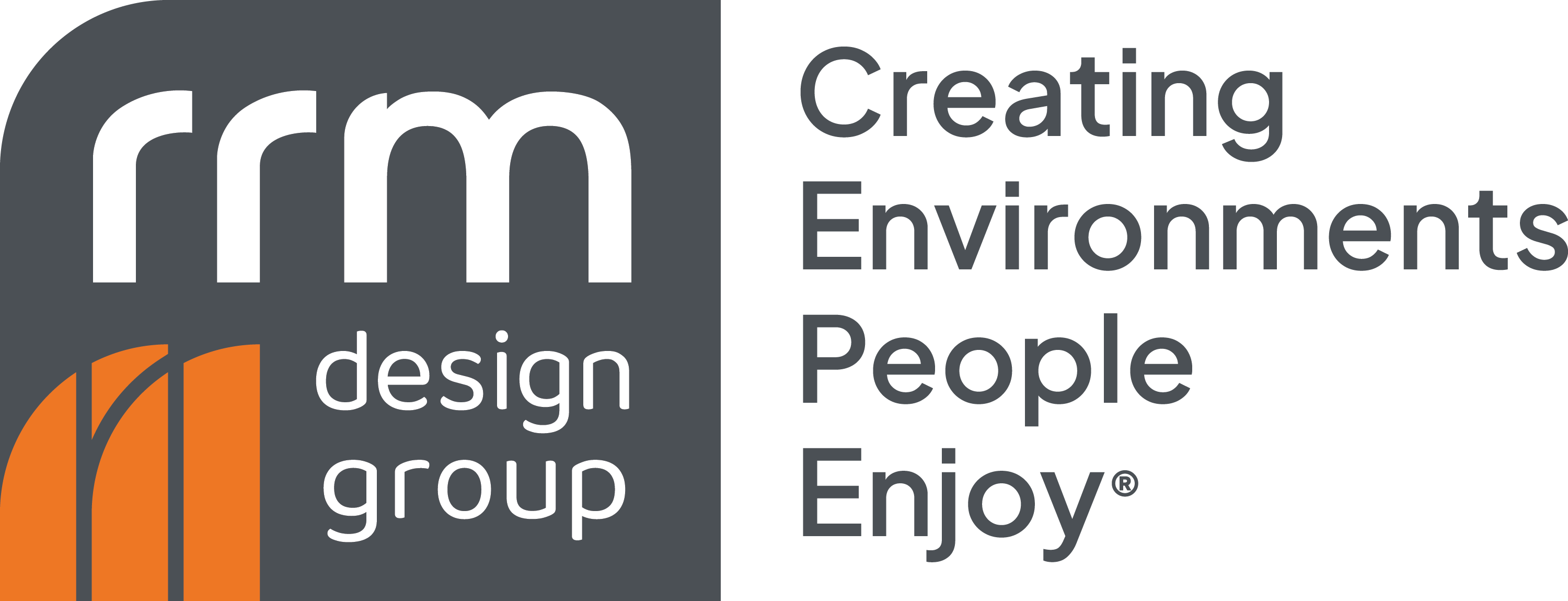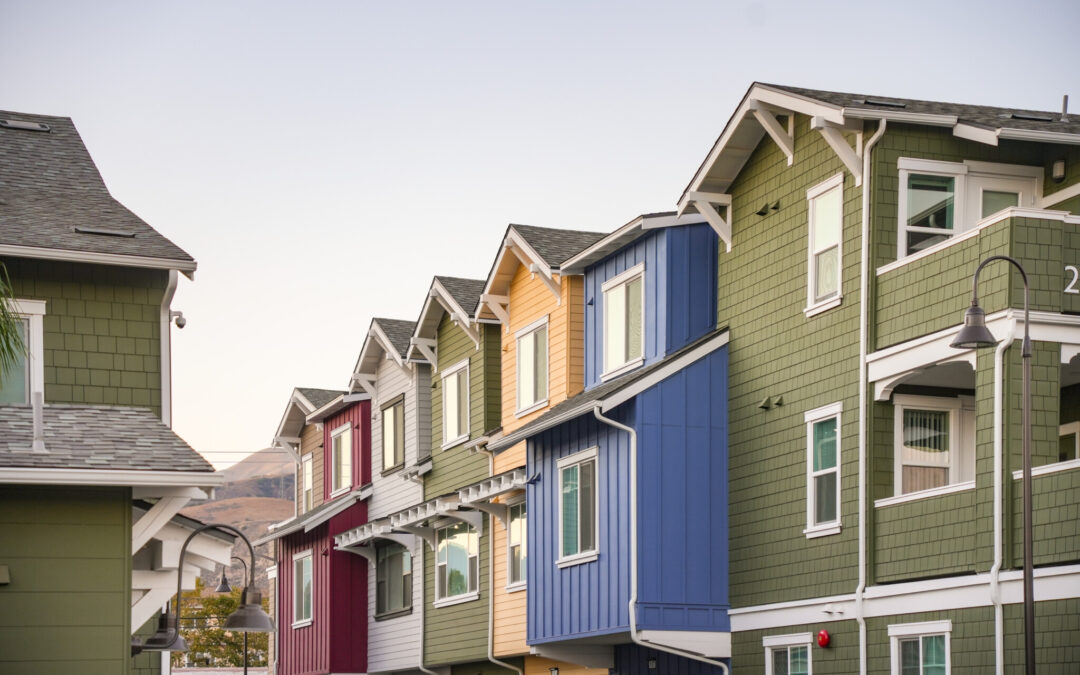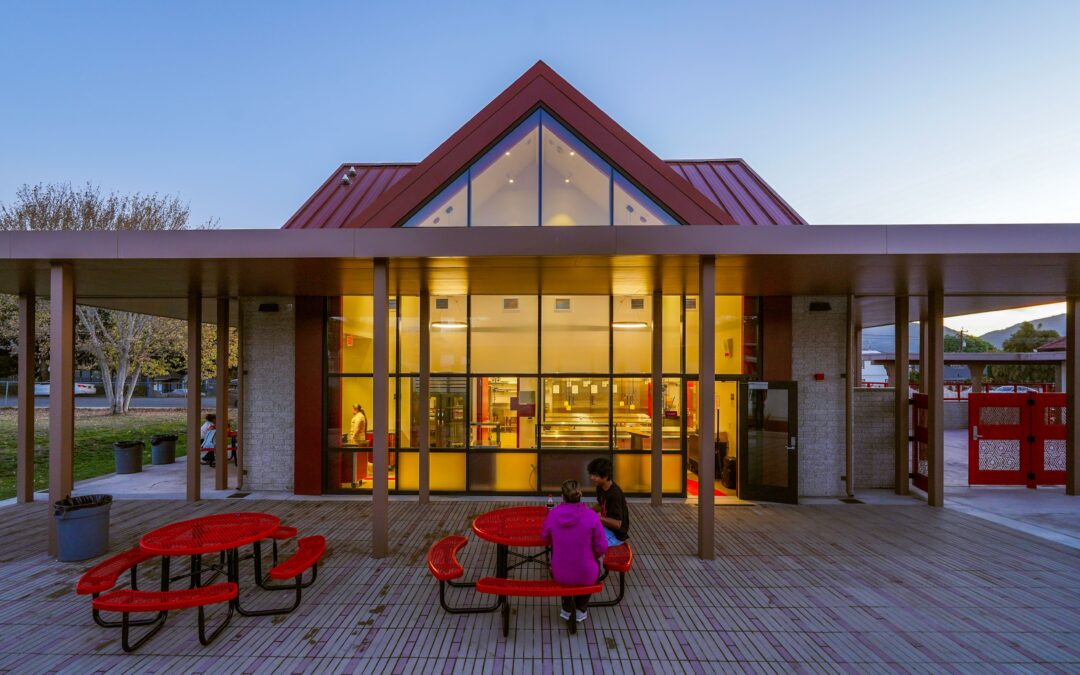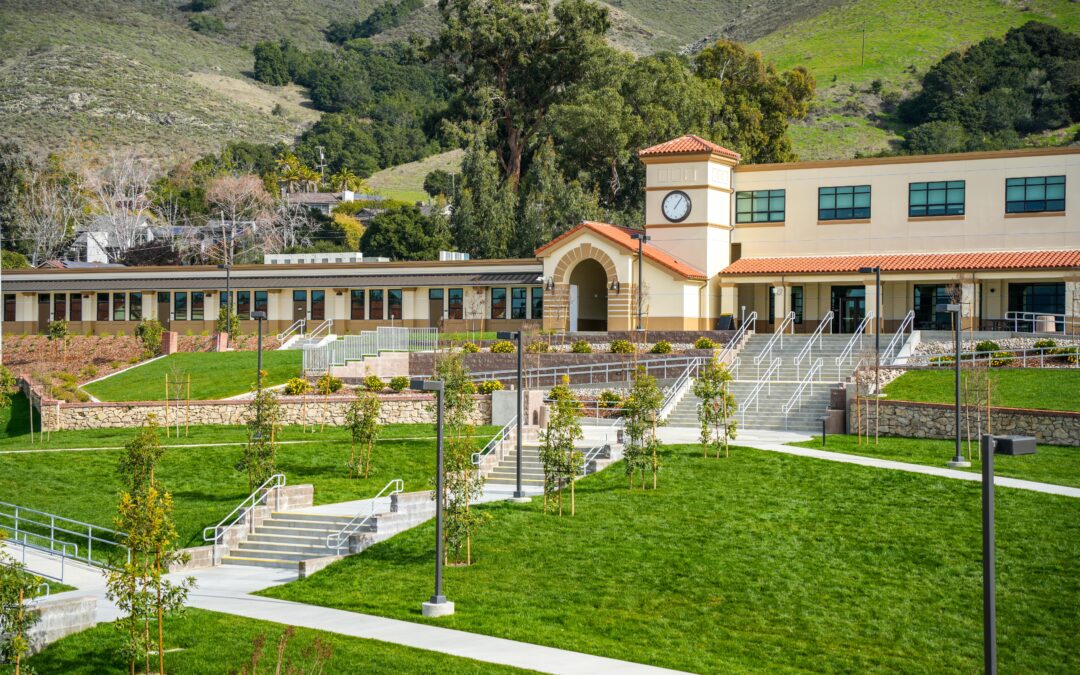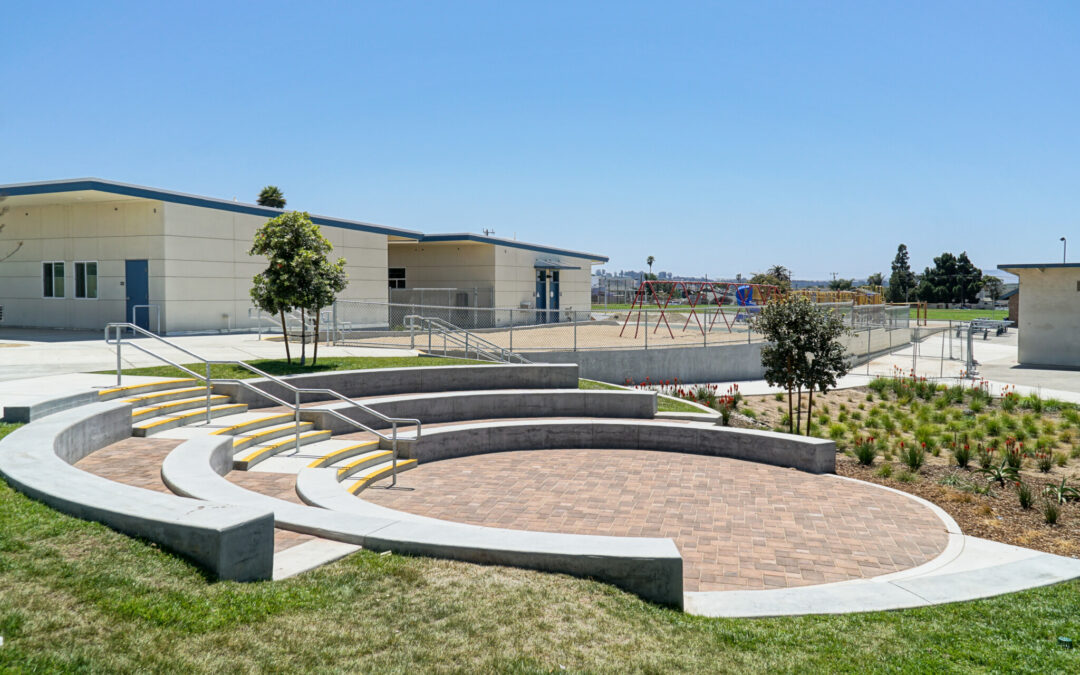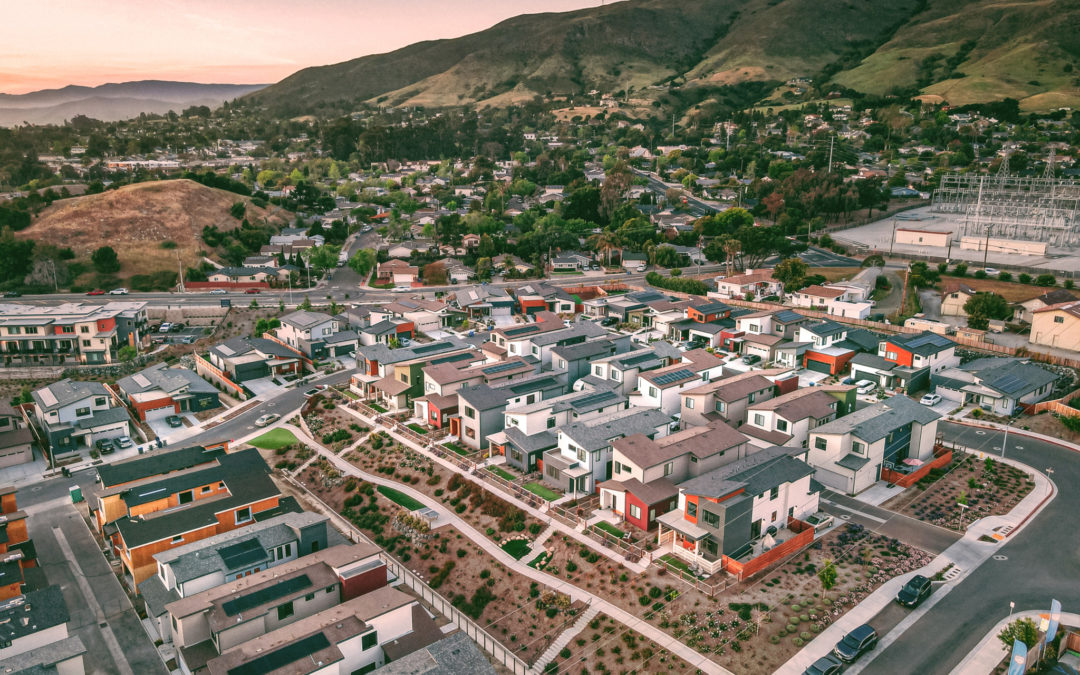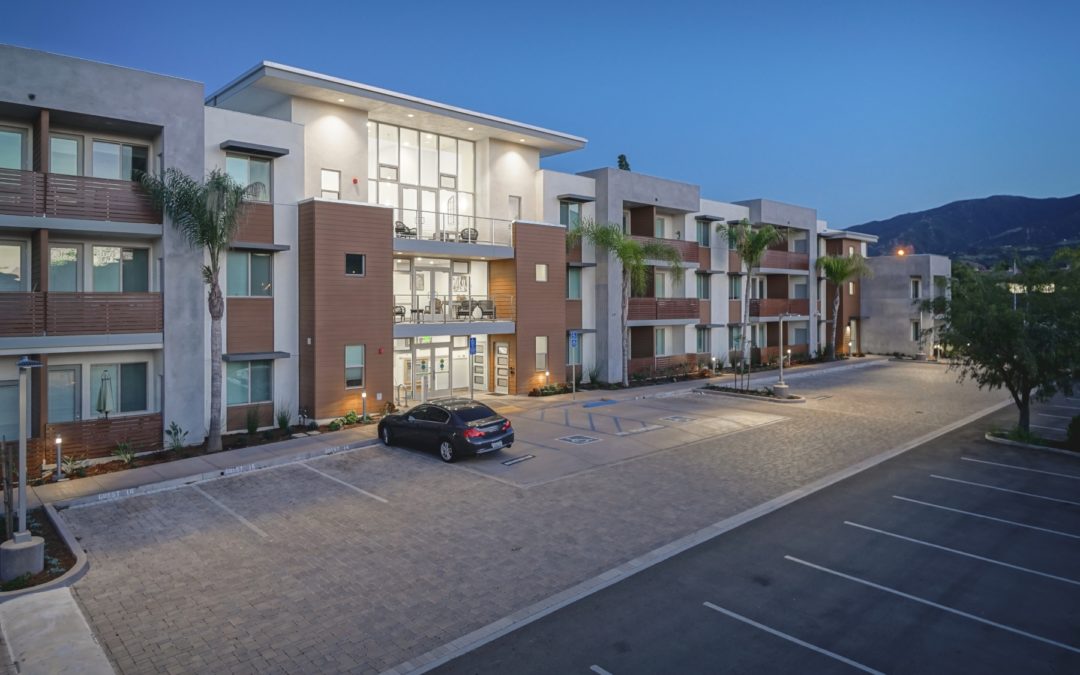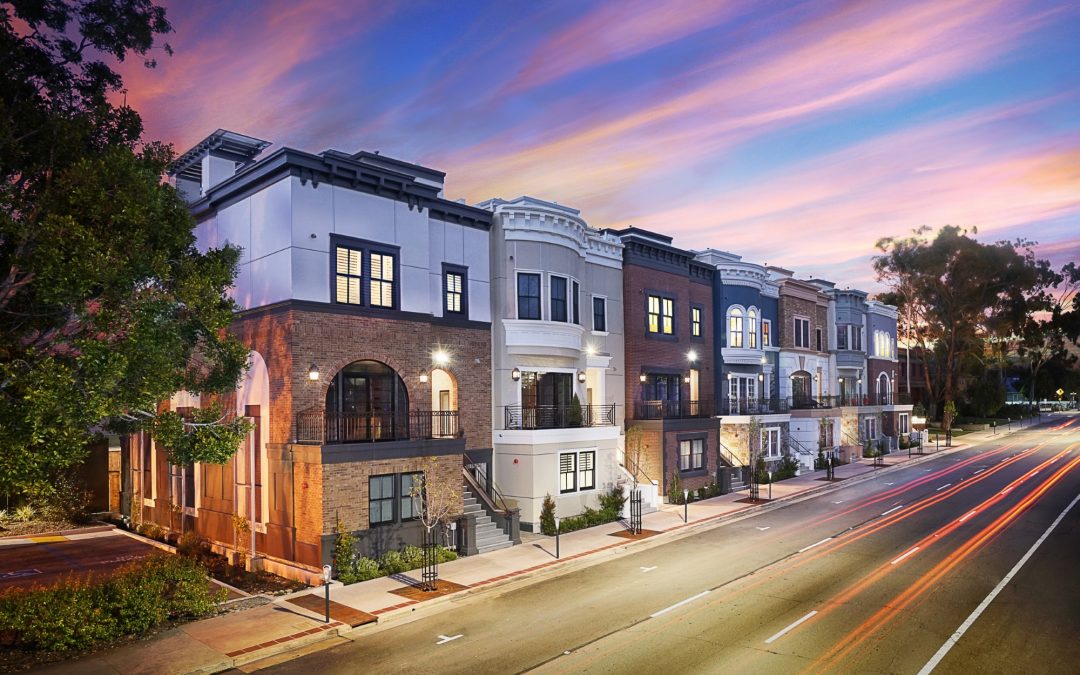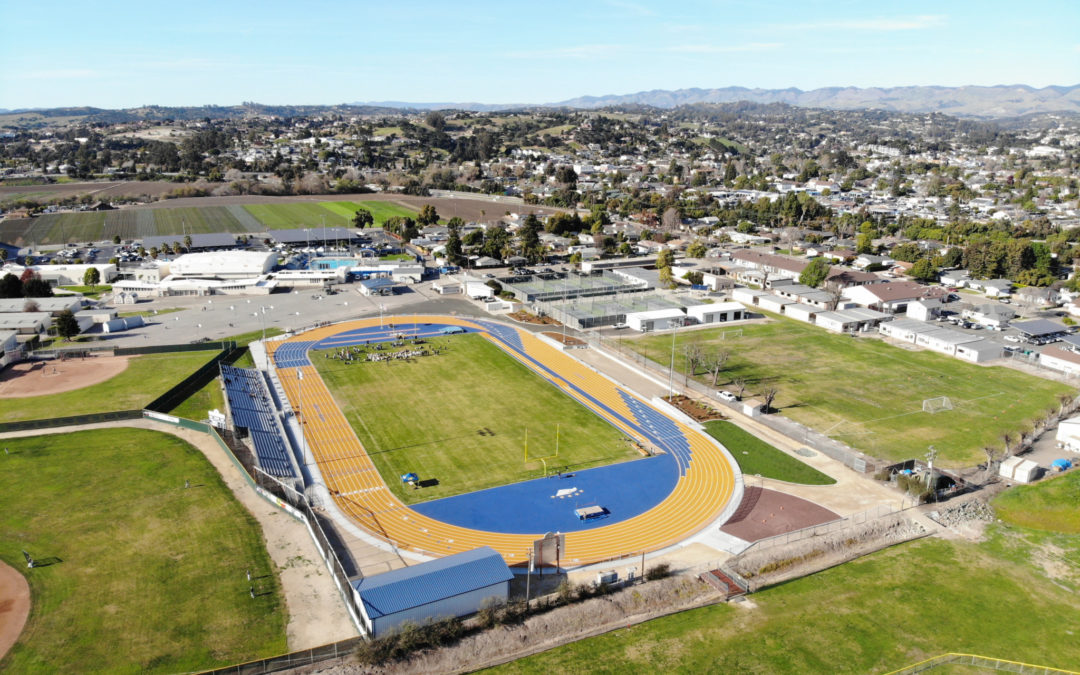MODULAR ARCHITECTURE
An interview with Modular Consultant, PrefabLogic | With RRM Manager of Architecture, Elijah PearceOne mantra we have at RRM is that you can never stop learning. Particularly, in our multifamily architecture work we see how any innovation is replicated and multiplied dozens if not hundreds of times in every single project. With that in mind, we are always on the lookout for ways in which we can bring better value to our clients, whether that be lowering costs, increasing sustainable metrics, or shortening construction timelines. With modular construction, we saw opportunities to do all three. Recently we’ve partnered with PrefabLogic, and specifically Lana Cook, to deliver a modular affordable senior housing project in Ventura County, CA. She agreed to sit down with us to discuss modular construction and how it can help create sustainable projects.
– Elijah Pearce, Manager of Architecture
Interview with Lana Cook at PrefabLogic, a consulting firm specializing in modular construction.
Tell us a little about yourself and your company?
PrefabLogic has been in business since 2015, founded by Rick Murdock and Curtis Fletcher. Our company was created because of the gap that exists between traditional building design and modular product fabrication. We are the industry experts in volumetric modular product management, product design, product development, state submittal creation and management, integrated modeling and factory shop drawing production.
I have been in the commercial modular building industry for 30 years. I transitioned into modular multifamily and hospitality once modular became a solution in those industries and I began working for Prefab Logic in 2017. I am currently a Business Development Manager for Prefab Logic providing modular consulting and construction management services for developers building multifamily and hospitality projects using modular construction.

What is modular architecture?
As opposed to site-built construction, modular architecture utilizes an off-site manufacturing environment to creates modules or fully built “boxes” which are then transported down the road and crane set into place. Modular construction can sometimes seem simple from the outside, but knowing the parameters of modular production and designing within them while balancing your client’s needs and maintaining your design creativity is key
Could you dive into some of the history and the background of modular architecture?
The first multifamily modular project emerged in 2002 produced by an Idaho based manufacturer and consisted of three-story townhomes in the Bay Area. The Idaho manufacturer learned some difficult lessons as did the owner, contractor, and architect, but those lessons proved valuable as they continued to develop several modular townhome projects around the area.
Some of those challenging lessons learned were that structural considerations were very different than single family homes, utilities were extremely challenging to deal with, and most of all, exterior finishes were better left for site installation and completion. However, the most important lesson learned was that the repetitive nature of the townhomes made it a feasible modular product and a lucrative option for the developer and project team as a whole. Ultimately, that manufacturer ended up changing their entire business model to focus only on multifamily projects and that has led to the industry as a whole expanding, innovating, and adding more manufacturing capability into the marketplace.
Over the last 20 years, more modular multifamily projects have been built based on the experience of that first modular townhome project. That experience led to the creation of the basic rules of modular.
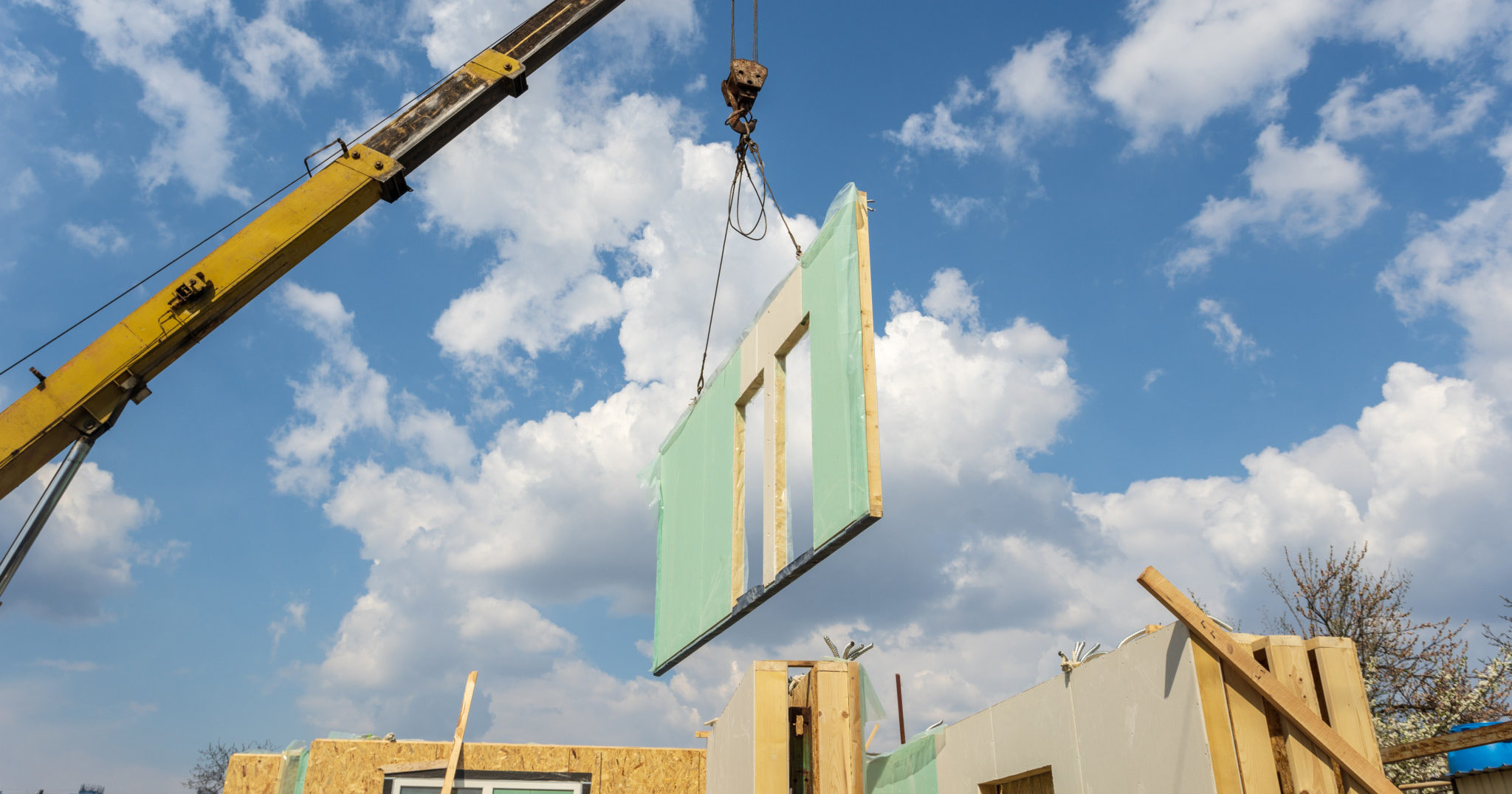
What are some of the key advantages of modular architecture? Are there any drawbacks?
Time and cost: When a project is designed with factory production in mind right from the start while also incorporating any required lender requirements (accessibility, mobility, etc.), it reduces time for everyone involved and ultimately reduces project costs to the Owner.
Starting entitlements with an exterior design that can be built either conventionally or modularly is key to providing your client with the greatest available options for construction. Knowing what facades can be derived from a factory produced product is a critical element and understanding for modular architecture.
How specifically can modular architecture have a sustainable impact on developments?
Modular construction is sustainable in a number of ways. Factory production maximizes the use of lumber, drywall, insulation and almost every building material, creating significantly less waste. Also, factories have the ability to reuse scrap and waste much more easily.
Quality of construction can also be higher in modular construction in key sustainable areas such as installation of insulation. Modular construction is performed indoors in ideal conditions – out of the weather, only a few feet off the ground, and easily inspected on all sides.
Modular construction is also very durable, a key component of sustainability. Each module is built to withstand a trip down a highway – a feat traditional construction could not equal.
A possibly less obvious sustainable benefit of modular construction is its benefits to the job site. Seventy percent of the building process is done under roof in a location off site and not next to existing neighbors. A smaller construction force is required on site which means less long car trips for the construction crews, less parking congesting a neighborhood, less trash, less noise, and less opportunity for injury on site.
Does modular architecture take the creativity and innovation out of development?
Of course, there are some differences in design when it comes to modular. Your design must take into consideration factory production capabilities. From window placement to plumbing locations, design matters. Have you designed a space too large for a factory to build without structural support? Did you design an element that requires a method of construction not conducive to the factory production process?
However, we have worked with many architects who have created unique, functional, and exceptionally creative designs that also can be built more affordably and more quickly with less exposure to risk, labor cost increases, and material shortfalls.
Can modular architecture be utilized in areas other than just residential development?
Of course! Commercial spaces such as offices, day care centers, retail developments, golf course club houses, classrooms, fitness centers and medical facilities (even OSHPD) have already been built modularly all over the country and have been for all of my 30 years in the industry. Many of the same design rules apply to commercial modular except that the builders of commercial products tend to use steel frames and have the ability to span greater distances clear-span as a result.
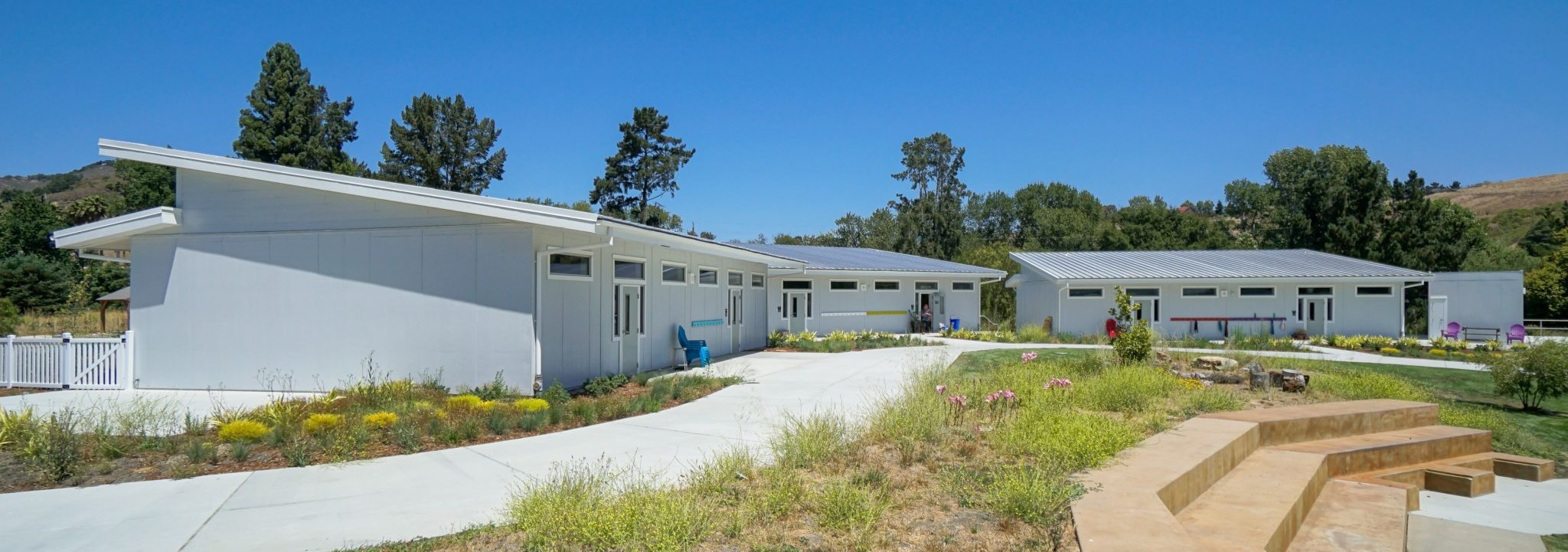
Final thoughts
We, at PFL have made a commitment to the industry to help educate, innovate, and improve the understanding of modular for design professionals, capabilities of modular manufacturers and the expectations of development clients. We believe an educated team makes for a better project and that modular really does offer the net results our clients are seeking. We have been impressed by RRM’s commitment to deep understanding of modular construction, willingness to learn, and their rapid ability to adapt to the different demands modular places on a design team. Contact RRM’s Architecture team or PFL directly if you would like to discuss modular as an option for your next project.
Elijah Pearce, LEED AP
Manager of Architecture
